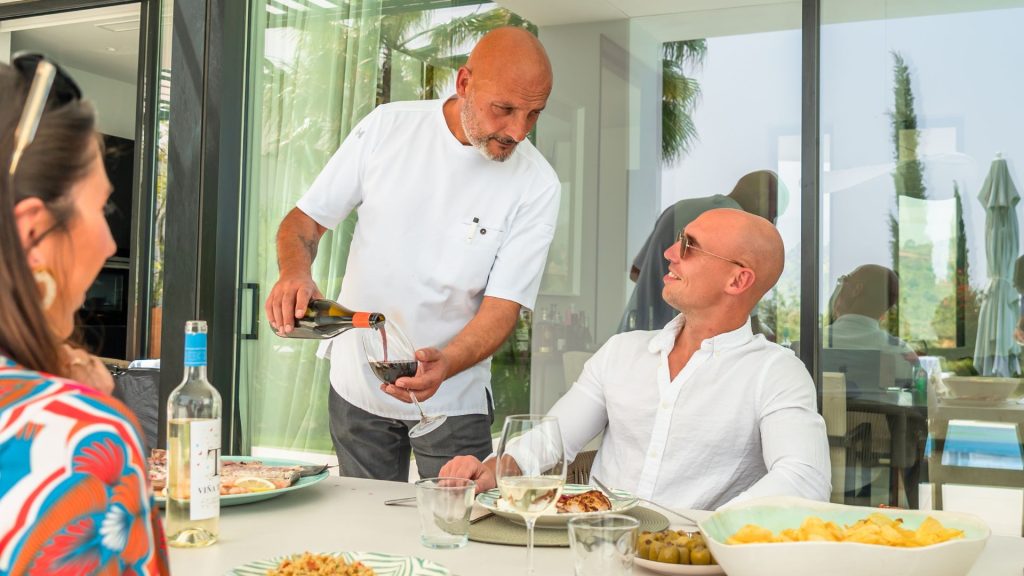The Magic of Food and Wine Pairing

Discover how to select the perfect wine to complement your food and how this pairing can elevate your dining experience.
Discovering the magic of wine and food pairing is a fascinating world that can transform your meals into extraordinary culinary experiences. The careful choice of wine for pairing can profoundly influence the way food is perceived and enjoyed.
From a refreshing Sauvignon Blanc with seafood to a robust Cabernet Sauvignon with a juicy steak, each wine brings a unique character that can enhance, complement or contrast the flavours in your dish. The key to successful food and wine pairing lies in the harmony of flavours, where wine and food balance each other, creating a dining experience that goes beyond simple nutrition.
When wines are chosen expertly, the qualities of the ingredients are enhanced and new nuances of flavour are awakened in every mouthful. A good wine pairing can turn an everyday dinner into a special occasion and elevate your culinary skills.
But how do you choose the perfect wine to pair with your meals? The answer is not unique and depends on a variety of factors, such as the type of dish you are serving, the specific ingredients, cooking methods and your personal preferences. It is not an exact science, but an art that requires knowledge, experience and sometimes a touch of intuition.
The first step is to consider the weight and intensity of your meal – is it a light, fresh dish or a more substantial, full-flavoured one? Light wines, such as a Pinot Grigio or an un-oaked Chardonnay, tend to pair well with more delicate dishes, such as salads or fish. On the other hand, richer, more flavoursome dishes, such as pasta with tomato Bolognese sauce or grilled meat, call for fuller-bodied wines, such as a Malbec or Syrah.
Next, consider the dominant flavours in your dish – are they earthy, herbal, citrus or fruit flavours? Wines share a variety of similar flavour profiles, and pairing like-minded flavours is often a safe choice. For example, a chicken dish with fresh herbs can stand out with a white wine with herbal notes, such as a Sauvignon Blanc.
In addition to flavours, consider the characteristics of the wine, such as acidity level, sweetness and tannin level. These elements can enhance or counteract the flavours in your dish. A wine with good acidity can cut the fat in an unctuous dish, while a sweet wine can balance spicy flavours.
Finally, don’t underestimate your own preferences. At the end of the day, the best wine choice is the one you enjoy the most. As you explore the world of wine and food pairing, you will find that each choice brings you closer to perfecting your skills at the table.
So how can you harness the magic of wine and food pairing to enhance your dining experience? Start by experimenting and don’t be afraid to make mistakes. As you venture on this journey, you will discover the combinations you like best. Do your research, attend wine tastings, talk to sommeliers and, most importantly, enjoy the process.
Next time you prepare a special dinner or visit a restaurant, don’t hesitate to ask the sommelier for his or her wine pairing suggestion. Food and wine pairing is an art that evokes unique emotions and experiences, and with practice and patience, you can master it. So toast, savour and celebrate the diversity of flavours that the world of wine and food has to offer.
Cheers to the magic of pairing!
